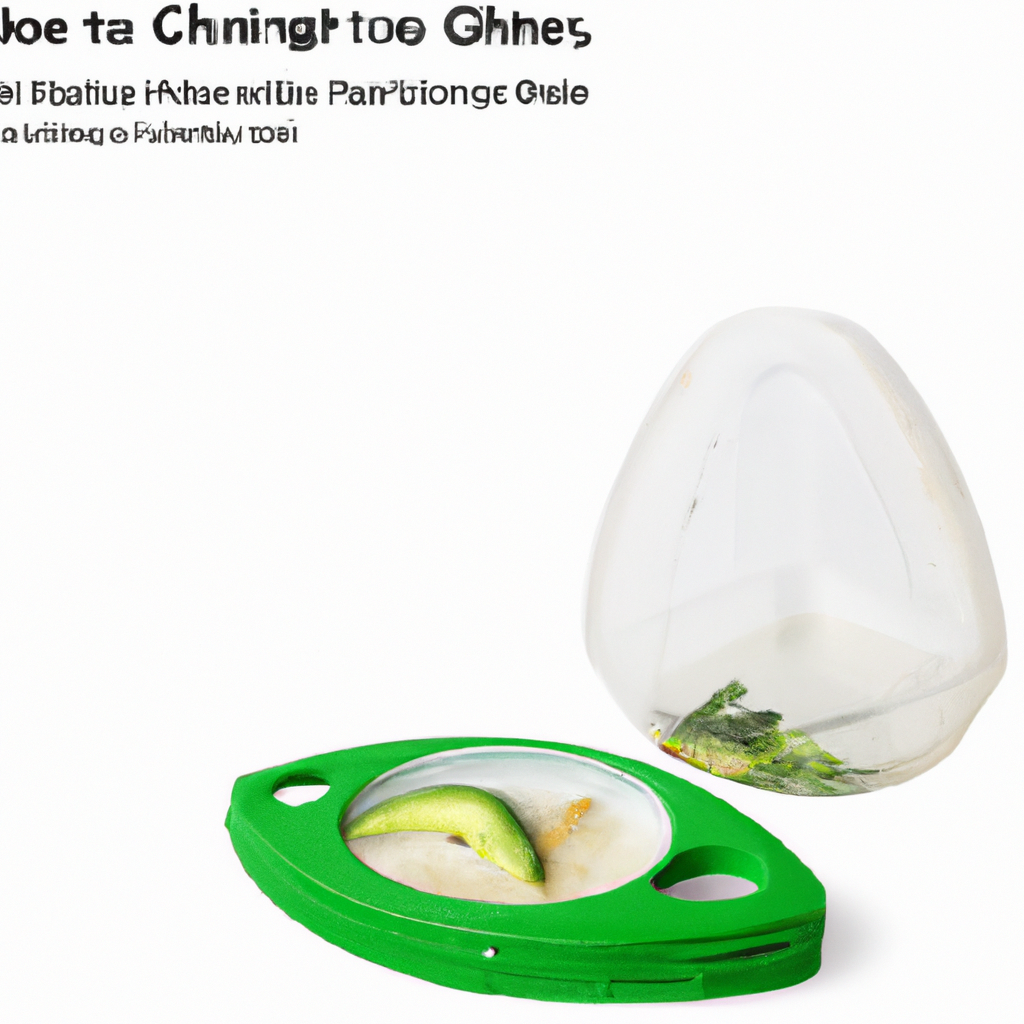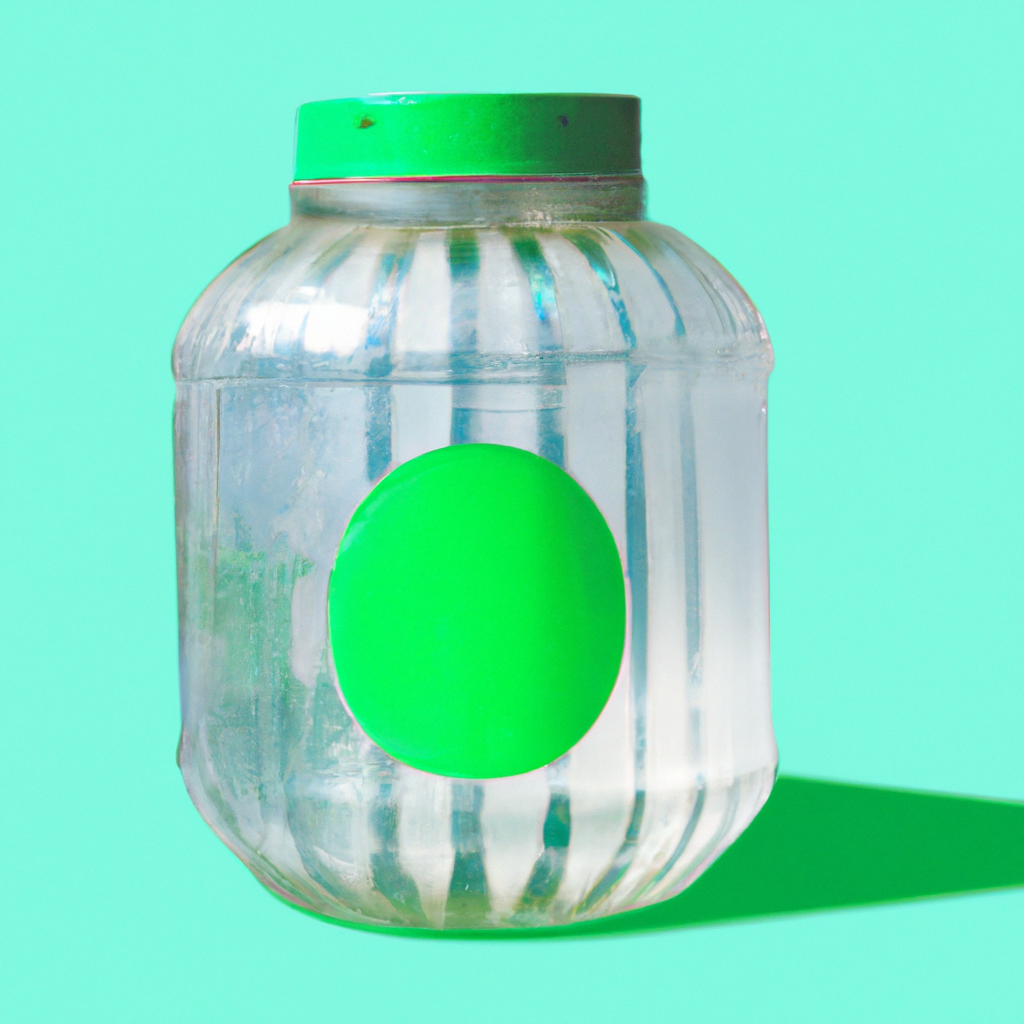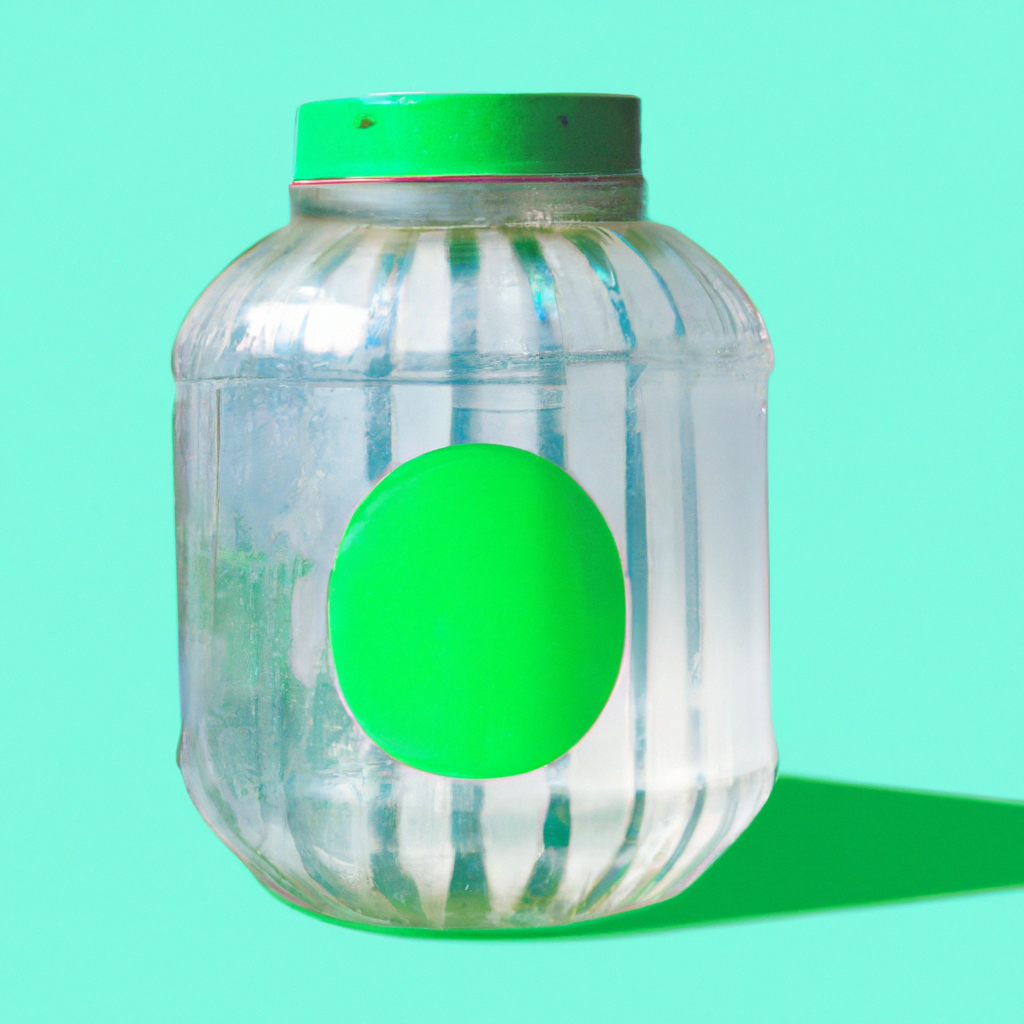If you have been struggling with pesky flies buzzing around your home or garden, worry no more! In just five simple steps, you can create your very own fly trap and bid farewell to these bothersome insects. No need to be a handyman or spend a fortune on expensive traps from the store. With just a few common household items and a little bit of time, you’ll have a homemade fly trap that is effective, eco-friendly, and budget-friendly. Say goodbye to those irritating flies and hello to a fly-free environment with our easy-to-follow guide.
Materials Needed
To make a fly trap, you will need a few simple materials that are easily available. Here’s a list of what you’ll need:
- A plastic container or jar with a lid
- Sharp scissors or a knife
- Some bait (such as a ripe fruit or sugar water)
- Sticky adhesive tape or glue
- A piece of string or a shoelace
- Optional: a needle or pin for making holes in the container
Make sure you gather all these materials before you begin making your fly trap.
Step 1: Choose a Container
The first step in making a fly trap is to choose a suitable container. You can use a plastic container or jar with a lid for this purpose. Make sure the container has a wide opening so that flies can easily enter it. The size of the container will depend on the number of flies you want to catch.
If you don’t have a lid for the container, don’t worry! You can simply cover the opening with a plastic wrap and secure it with a rubber band. This makeshift lid will work just fine.

Step 2: Create a Fly Bait
Once you have your container ready, it’s time to create a fly bait that will attract the flies. There are several options for bait, but the most effective ones include ripe fruits and sugar water. Flies are naturally attracted to sweet smells, so these baits work like magic!
To make a fruit-based bait, take a ripe fruit such as a banana or apple and mash it up in a bowl. Add a couple of drops of dish soap to the mashed fruit and mix it well. The dish soap will help break the surface tension and make the flies sink into the bait.
For a sugar water bait, simply mix equal parts of sugar and water in a bowl until the sugar dissolves completely. This mixture will create a sweet scent that flies can’t resist.
Step 3: Prepare the Trap
Now that you have your bait ready, it’s time to prepare the fly trap itself. Take your container and make some small holes near the top using a needle or pin. These holes will allow the flies to enter the trap but make it difficult for them to escape once they’re inside.
Next, apply a thin layer of sticky adhesive tape or glue around the inside of the container, just below the holes. This sticky surface will prevent the flies from flying back out once they’re in the trap.

Step 4: Place the Trap
Now that your fly trap is ready, it’s time to place it in the right location. Flies are often found near windows or doors, so it’s best to position your trap near these areas. You can also hang it from a tree branch or place it in your garden if you’re dealing with outdoor flies.
When hanging the trap, make sure to attach a piece of string or a shoelace to the lid or the container itself. This will allow you to easily hang the trap and adjust its height as needed.
Step 5: Maintain and Dispose of the Trap
Congratulations, you’ve successfully made a fly trap! However, your job doesn’t end here. To ensure the trap remains effective, you need to maintain it regularly.
Check the trap every few days to see if it’s filled with flies. If it is, it’s time to dispose of them. Simply remove the lid or the plastic wrap from the container and empty the contents into a garbage bag. Tie the bag securely and place it in an outdoor trash bin to prevent any lingering odors.
If the bait dries out or becomes too full of flies, you’ll need to replace it. Dispose of the old bait and prepare a fresh batch using the same method mentioned in Step 2.
Alternative Methods
While the above steps provide a simple and effective way to make a fly trap, there are alternative methods you can explore. One popular alternative is using a store-bought fly trap. These traps come with pre-made bait and can be easily hung or placed in problem areas. They offer a convenient solution if you prefer not to make your own trap from scratch.
Another alternative is using flypaper strips or fly swatters to catch flies. Flypaper strips are sticky and can be hung like a decoration, while fly swatters require manual effort to catch the flies. These options may be more suitable for smaller infestations or if you prefer a hands-on approach to tackling flies.
Frequently Asked Questions
Q: How long does it take for the trap to catch flies? A: The time it takes for the trap to catch flies depends on various factors such as the location, type of bait, and the severity of the fly infestation. It can take anywhere from a few minutes to a few hours for flies to be attracted to the trap.
Q: Can I reuse the trap? A: Yes, you can definitely reuse the trap! After emptying the trap, clean it with warm soapy water to remove any residue. Then, refill it with fresh bait and continue trapping flies.
Q: Can I use something other than fruit or sugar water as bait? A: While fruit and sugar water are highly effective baits, you can also experiment with other sweet-smelling substances such as honey or maple syrup. Just make sure to adjust the consistency of the bait accordingly.
Conclusion
With these simple steps, you can easily make a fly trap using everyday materials. Remember to choose a suitable container, create an enticing fly bait, prepare the trap with holes and a sticky surface, place it near fly-infested areas, and regularly maintain and dispose of the trapped flies. If the homemade trap doesn’t work for you, consider alternative methods such as store-bought traps, flypaper, or fly swatters. By taking these steps, you’ll soon be able to enjoy a fly-free environment.
Additional Tips
- Ensure the bait remains fresh by replacing it every few days.
- If you have a severe fly infestation, consider utilizing multiple traps to cover a larger area.
- Keep the area around the trap clean to prevent any additional attractants for flies.
- Avoid placing the trap near areas where food is prepared or consumed to avoid any contamination.
By following these additional tips, you can enhance the effectiveness of your fly trap and tackle the fly problem with ease!




